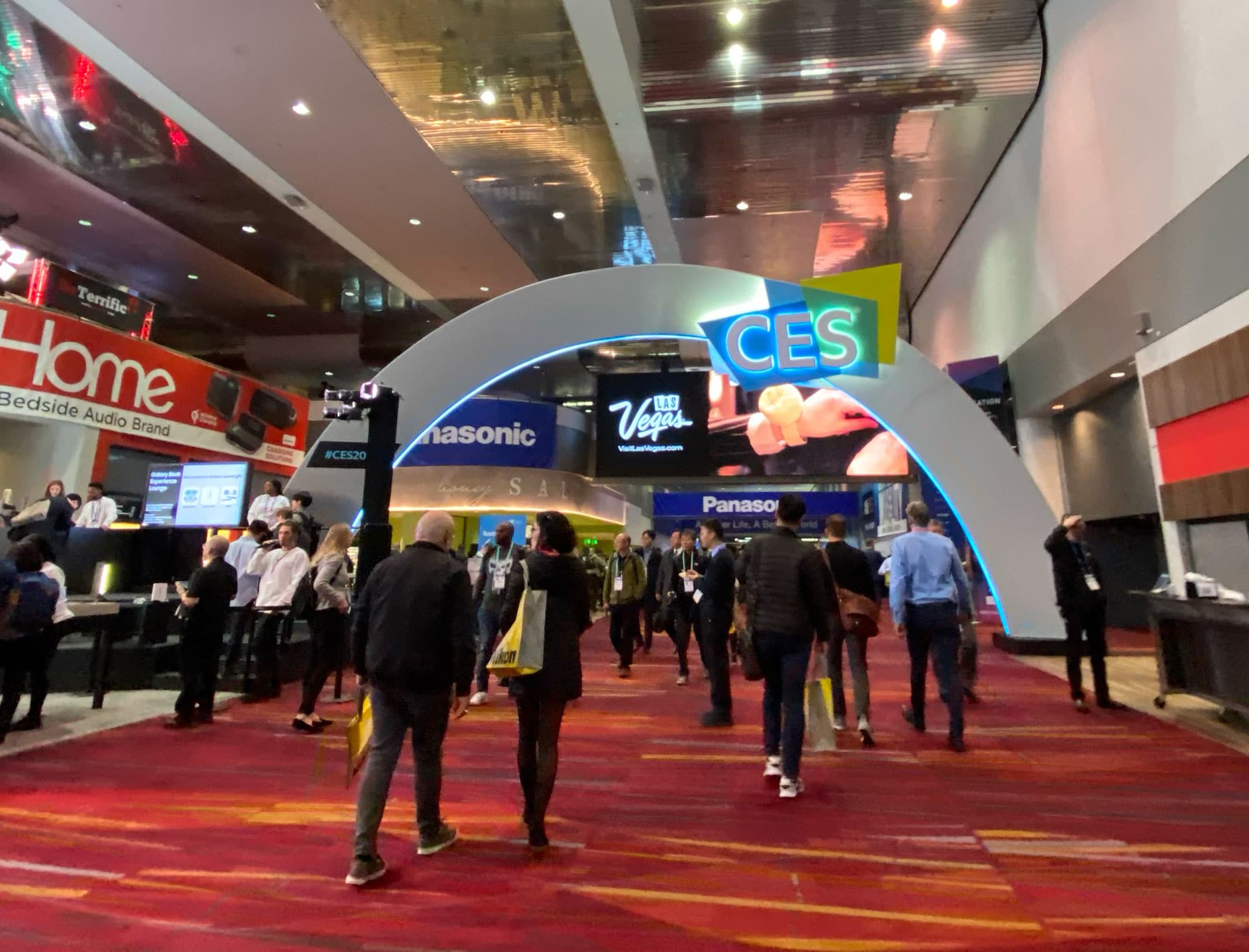Another day of CES, and things are about to get weird. From robotic balls to robots of other sorts and TVs made for your phone and more, this is the weird tech of CES in five.
Subscribe to The Wrap at Apple Podcasts…Transcript
Another day of CES has passed with January 8, and you’re listening to The Wrap, Australia’s fastest technology roundup, and while CES has its trends, it also comes with its fair share of smaller and more unusual gadgets.
We walk the halls and rack up those steps, all 20,000 of them, and every day we’re here in Las Vegas, you better believe we’re seeing some strange ideas get shown to the world through the eyes of CES.
These include Ballie, a strange idea from Samsung that sees a small robotic ball follow you around and keep watch over your home, rather a lot like a personal butler or something else like it.
Now robots aren’t anything too strange at CES. There are a lot of them. We’ve seen them do the dishes, we’ve seen them dance. There are plenty of robot gadgets for kids in parts of CES, but Samsung’s Billie is a little different.
Ballie looks a little like BB-8 from Star Wars, only it’s one strong colour like yellow or blue, and lacks the extra head section. Ballie rolls around your home and watches over it, monitoring the mess in the house or playing companion to the dog, and basically being the past of an instructor by commanding over other smart devices in your home.
That means if you have a robotic smart vacuum and Ballie sees you dropping something, or maybe your cat intentionally creating cat lateral damage, it can tell the robotic vacuum to remove itself from the charger and go clean the mess. In a way, Ballie is a little like the controller for your home, and it’s not the only thing that may end up confusing and delighting.
There are a few takes on companion robots here, but we found ourselves confused and delighted by something that wasn’t a robot, but was a phone.
And instead of a phone that does something cool, this one was slow and awkward, and doesn’t seem like it would give you a reason to talk about it until you see what it had.
Hisense doesn’t do phones in Australia, but elsewhere, it has a phone that comes with a colour e-ink screen. Now where have you heard of e ink? Well that would be the screen technology on a Kindle, and this is a colour electronic ink screen.
Now it doesn’t mean this Hisense phone is a Kindle. It’s not. It’s an Android phone with a low power screen, and since much of the reason why your phone loses battery life is the screen, this is Hisense’s take on a phone that won’t chew through battery life as dramatically.
But because it’s e-ink, we found the speed was a little clunky when swiping up and down things, but it was still a unique idea that managed to grab attention.
One of the first things you realise at CES aside for just how big it is and how much you’re going to be walking around is how much tech there is that you’re going to find that’s just a little odd.
While Nikon’s 24 to 2000 mil Coolpix P950 seems awkward, we can get a point for that. It’s a small-ish compact for capturing stuff really far away, and it has a 24 to 3000 mil sibling in the Coolpix P1000.
We’re even partially on-board with the social TV craze affecting CES right now. Everyone from Samsung to TCL to Hisense and others has a TV that can rotate with a phone, allowing you to watch things in portrait mode, and essentially wirelessly watch what’s on your phone on your TV.
It comes across as a TV specifically made for millennials, and Samsung’s is even coming to Australia, The Sero.
But that and Ballie weren’t Samsung’s only unusual technology. The company also has a very cool thing you don’t see every day: an exoskeleton.
Now this is one of those medical technology examples that you won’t necessarily expect from a TV brand. We sure didn’t. Basically, you wear it around your waist and on your legs, and it helps you walk. It applies pressure, it works out when you to stop and doesn’t force you to walk, and overall basically acts as an assistant to help people who are struggling to walk do so once again.
It’s not your every day tech, and neither are the sleep monitors for the bed or the baby trackers that sit on a nappy, or the devices that work out how to wake you up, or the weird robotic massage chairs, or even a toothbrush that works out how to get you brushing better, or even the sheer number of electronic ideas to get kids learning the basics or even learning to code.
And that’s it for Day 3 of CES, brought to you by The Wrap, live from CES 2020. There’s only one more of the show floor for us to report from, and we’ll be coming back with the major trends of CES tomorrow, and what you can expect for the year, all in five minutes. Until then, take care, and we’ll see you soon.





